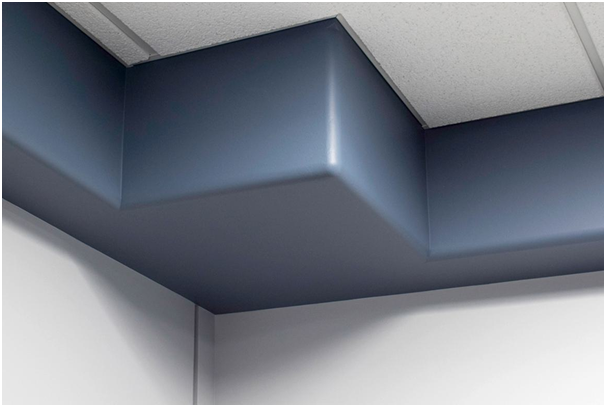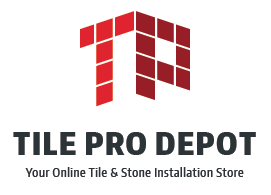
When undertaking any tile installation project, one often overlooked but incredibly important step is finishing the edges. Although it may seem unimportant, tile edge treatment is essential to the installations overall durability and appearance. Unfinished edges can look unrefined and are more vulnerable to chipping and wear.A well-finished edge, on the other hand, enhances the aesthetic and gives the entire project a professional, high-end feel.
In this guide, we’ll walk you through three popular and effective methods for finishing tile edges:
Whether you’re completing a kitchen backsplash, a bathroom shower wall, or even a tiled bench, choosing the right edge-finishing technique such as bullnose trim can elevate the entire look of your space. Each method provides a slightly different visual style, so your choice should reflect both your design preferences and the functional needs of the area.
No special tools are required – your standard tile installation toolkit has everything needed for professional edge finishing.Here’s a checklist of standard materials and tools:
The tools you’ll need depend on the trim you choose. For metal trims, a mitre box and hacksaw may be necessary. If you’re working with bullnose or pencil tiles, a wet saw is the best option for precise cuts.Now, let’s dive into each of the three finishing methods in detail.
Many tile manufacturers offer bullnose pieces that match the main tile line, available in different formats such as:
This method provides a seamless, rounded edge that blends beautifully with the rest of your tile installation.
Pencil trims are slim decorative tiles perfect for creating elegant borders or accentuating tile edges with subtle dimensions. Some options mimic crown molding or have squared-off edges for a more contemporary look. Pencil trim is ideal when you’re seeking a decorative frame around a tiled area.
Installation Steps for Pencil Trim:
Pencil trim is a great choice if you’re going for a decorative finish or looking to create a transition with a bit more flair than bullnose tile.
A sleek, contemporary way to finish and protect tile edges is with metal profile trims. These trims are especially effective at providing a clean transition from tile to drywall or other surfaces and are available in a variety of finishes—like brushed nickel, chrome, matte black, and even brass.
Metal profiles offer unique installation benefits, needing placement before the final tile course rather than after like traditional bullnose or pencil trims. Once installed, only the finished edge is visible; the rest of the profile sits beneath the tile surface.
Metal trims offer both durability and a clean, contemporary look, making them a favorite for modern interiors and minimalist designs.
No matter which method you choose, the key to a successful edge finish lies in planning and precision. Always dry-fit your trim pieces before final installation to ensure a balanced look and proper alignment. Use a level frequently during placement to avoid uneven edges, especially in vertical applications like shower walls.

Welcome to Tile Pro Depot! We established this site to service the specific needs of the tile installation professional. Tile installation tools, tile setting materials, premixed grout and more tile installation products online at Tile Pro Depot.